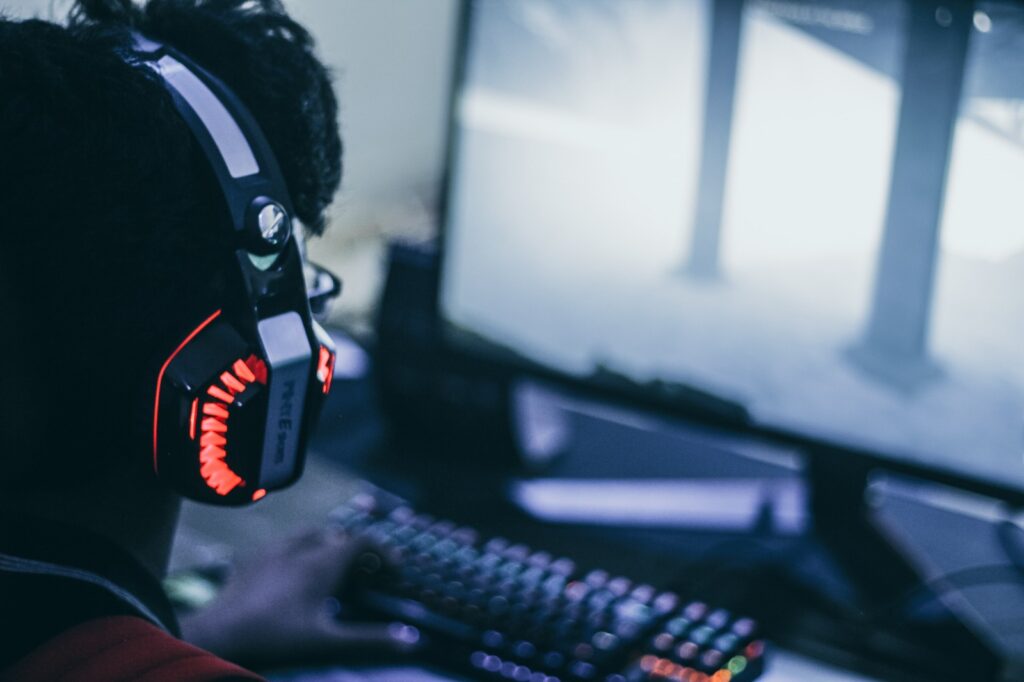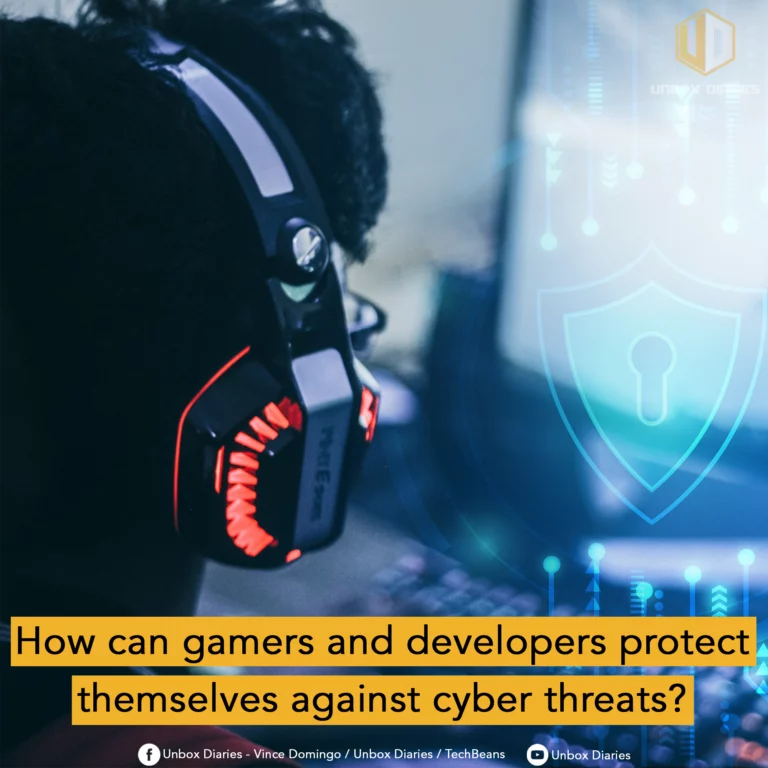
The Philippines is a thriving esports market. According to a recent study by VR.Space, which ranked internet users who played games the most, the country topped the list among four Southeast Asian nations, with 96.7% of internet users identifying as gamers. The growth in the market has seen support from both public and private sectors, with esports being recognized as an official sport in 2017. Since then, Filipino esports athletes have maintained their achievements in international tournaments, with the most recent victory of Sibol garnering a gold medal in Mobile Legends: Bang Bang and a silver in Tekken 7 during the International Esports Federation (IESF) 2023 event.
Today, mobile games connect user accounts to social media for personalization, to encourage community engagement, and to bolster security through authentication. In-app purchases enhance gameplay with power-ups and cosmetic upgrades for a competitive edge. While these improvements enrich the gaming experience, they also expand potential risks. In the case of a mobile game attack, malicious actors could exploit user identity and financial data.
According to The State of Web Application and API Protection 2022 by CDNetworks, the global content delivery network and cloud security provider, gaming is the top industry prone to denial-of-service (DDoS) attacks. Esports platforms in general are exceptionally demanding applications, dealing with immense volumes of data, transactions, and a substantial number of concurrent users on a daily basis. This heavy traffic and data load render them prime targets for threats, particularly DdoS, which overwhelms the platform until it is rendered inaccessible to legitimate users, enabling the attackers to extort victims.
Attackers may exploit DDoS attacks as distractions to carry out additional schemes, including phishing and malware attacks. In the chaos caused by a DDoS attack, attackers may send convincing phishing emails with malicious attachments or links, luring recipients into unknowingly downloading malware. This strategy underscores the need for heightened vigilance against attacks, with 42.5% of Filipino consumers expressing significant concerns about mobile fraud, while malware ranks as the third-highest concern at 29%.
“Cybercriminals are always on the hunt for ways to break into popular platforms and snatch valuable data for financial gain. And just like game developers are stepping up their security game with new tech, attackers are getting craftier too,” shared Yien Wu, Head of Sales, SSEA & ANZ at CDNetworks. “It’s crucial for developers to stay sharp and watch out for emerging risks. Putting top-notch cybersecurity prevention measures into mobile games should be a high priority to tackle these concerns effectively.”
Wu further elaborated, “Effective cybersecurity starts with optimizing your organization’s security infrastructure. This ensures not only a smooth flow of legitimate traffic but also continuous monitoring. Both are crucial for quickly detecting and addressing suspicious activities, allowing for real-time proactive defense against cyberattacks.”
Furthermore, Yien emphasized that developers should prioritize bolstering their platform’s resilience. This can be achieved by employing measures that enhance both the platform’s availability and its response time. High availability, achieved through strategies like load balancing, ensures consistent accessibility even under high traffic. Meanwhile, optimized response times minimize vulnerabilities by ensuring prompt system reactions to user requests.
“The government aims to establish the Philippines as a premier game development hub in the Asia-Pacific by 2028. Achieving this goal requires local game developers to provide a seamless and enjoyable gaming experience with minimal lag or bugs. Furthermore, prioritizing user data security and privacy is essential to maintain the platform’s viability and uphold the industry’s integrity,” Yien concluded.















